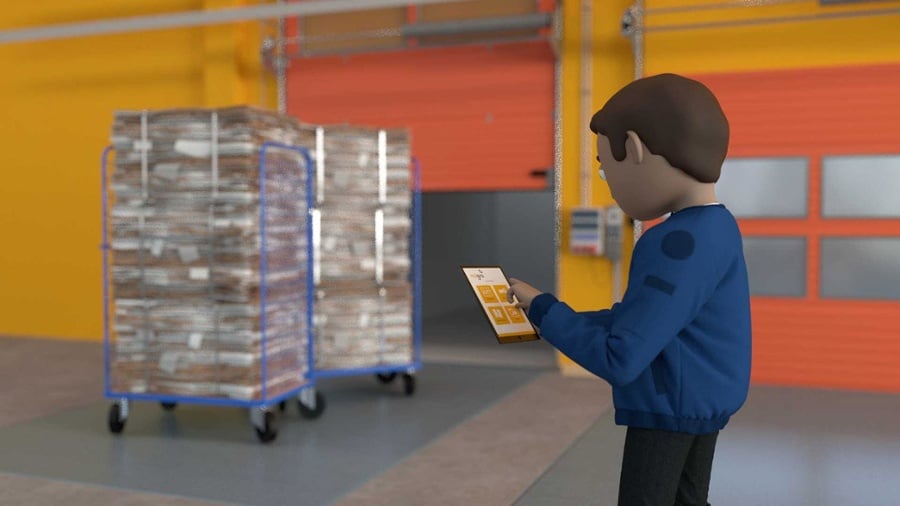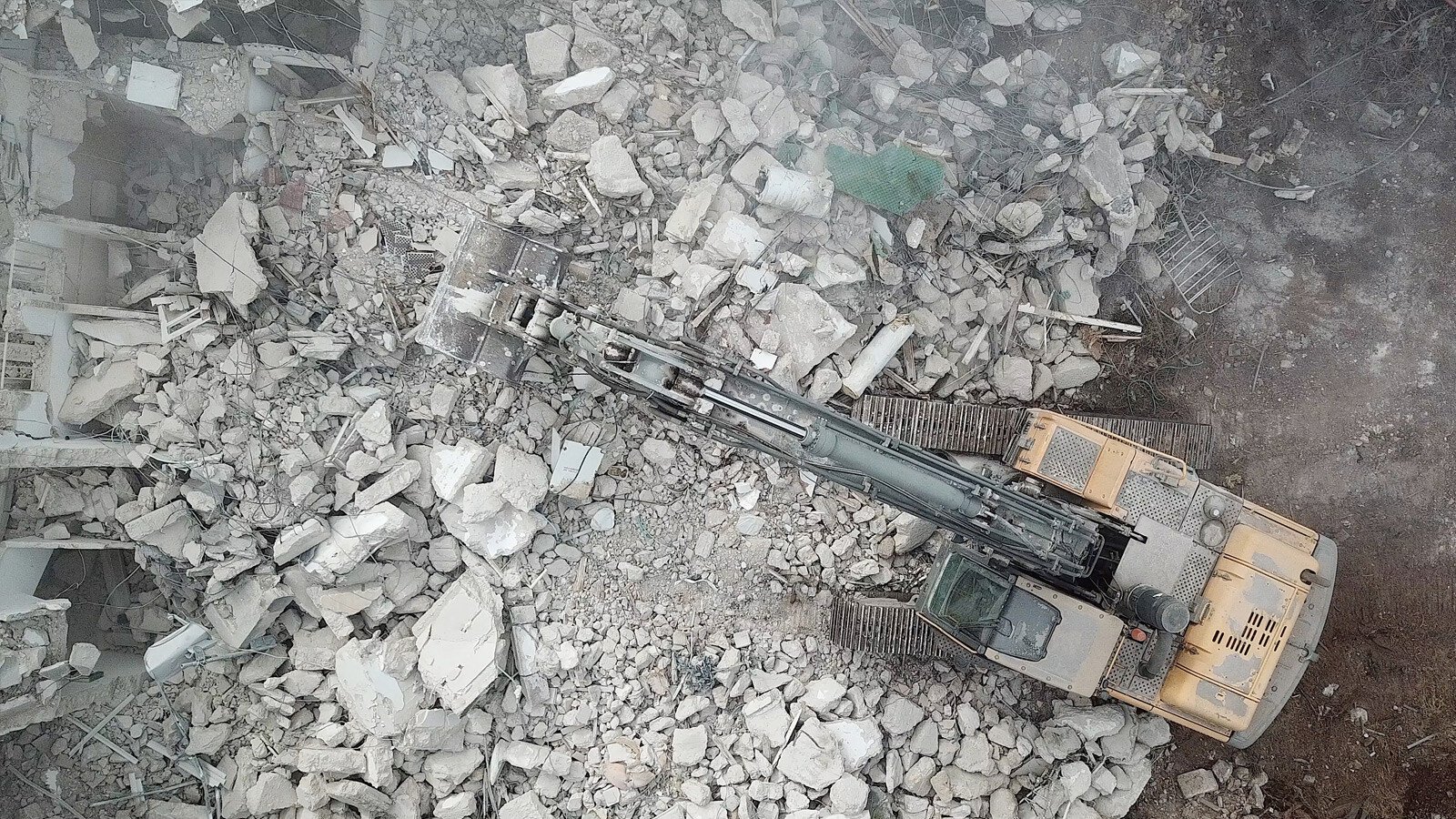New regulations have recently been added to Vlarema, the Flemish Regulation on the Sustainable Management of Material Circuits and Waste. In this article, you can read all about the main changes to Vlarema 9. The regulation requires companies and organizations in Flanders to sort industrial waste according to established waste streams. This list has been expanded from 24 to 29 waste streams as of July 1, 2024. This particularly affects the processing and management of construction and demolition waste. You can read all about that in this blog.
Goals Vlarema 9
The Flemish government is introducing 9 changes with Vlarema to meet European targets for 2030. One of the targets is that at least 50% of all construction and demolition waste must be suitable for high-quality reuse or recycling.
Much of the raw materials and materials used worldwide are for the construction industry. This is why separate collection at the source of construction and demolition waste is such an important spearhead within Vlarema 9.
With the new regulations, the government aims to implement several objectives around materials and waste management. Consider:
- Increase recycling rates and the quality of recycling (especially in the construction sector)
- Significantly reduce burning or landfilling of waste
Read also

Vlarema 9: the main changes at a glance
Why collect construction and demolition waste separately?
Many components of construction and demolition waste are suitable for reuse or recycling. Thanks to these processes, raw materials and materials remain available in the economy much longer. This is good for the environment because the earth's resources are finite.
However, to make reuse and recycling of construction and demolition waste possible, the fractions must be cleanly separated. This is why the Flemish government opts for separate collection at the source. By immediately separating the different fractions on site, the number of waste materials that can be recycled increases significantly.
What is construction and demolition waste?
Now let's dive into the definition of construction and demolition waste first. Construction and demolition waste includes waste materials produced by construction work and derived from the construction materials used. Waste materials released during demolition, renovation and dismantling work also belong to construction and demolition waste. This includes loose elements that are not part of the construction.
Prohibited waste streams within construction and demolition waste
Waste streams that are absolutely not allowed in construction and demolition waste are:
- Waste Electrical and Electronic Equipment (WEEE).
- Packaging of building materials, think packaging films, cardboard and leaky paint pots.Hazardous small chemical waste (MSW), such as unspent paint pots, paint brushes, paint residue or silicone residue
- Green waste, such as from green roofs
- Asbestos cement, asbestos-containing and asbestos-suspicious materials
- The defined waste streams within Vlarema that are subject to a sorting obligation.
This list was expanded by Vlarema 9 from 24 to 29 waste streams as of July 1, 2024. This includes, for example, residual waste that is not part of the structure, such as PMD and food waste.
Exceptions to source sorting of construction and demolition waste
Sometimes separate collection of construction and demolition waste at the source is not possible. This is called mixed construction and demolition waste. This is defined in Vlarema 9 as the fraction of construction and demolition waste that is not offered or collected separately.
Therefore, Vlarema 9 distinguishes some exceptions to separate collection of construction and demolition waste:
- The waste comes directly from an active yard
- The waste is dry, non-hazardous waste fractions
- The waste is managed as stipulated in subsection 5.2.16 of Vlarema 9
The exception to bronze grading applies only if, in addition, one of the following conditions is met:
- The total amount of mixed construction and demolition waste is less than 40 m³
- The contiguous space available for placing and loading containers is maximum 40 m²
- There is a reasoned statement from the safety coordinator that the construction and demolition waste cannot be sorted for reasons of safety, stability, technical implementation restrictions or danger to workers
Vlarema 9 for contractors
The new rules for processing and managing construction and demolition waste in Vlarema 9 are effective July 1, 2024. The stricter rules also impact contractors' operations. As a contractor, Vlarema 9 requires you to:
- Preparation of a waste management plan for each construction project
- Breaking down construction and demolition waste into different fractions, such as concrete, wood, plaster, metal and more
- Disposal of separately collected waste to approved processors
Need help handling mixed construction and demolition waste?
Could you use some help managing and processing construction and demolition waste? Milgro is fully up to date with the new regulations and helps you effortlessly comply with Vlarema 9. To this end, we offer practical help, for example with waste hardware that complies with the most recent laws and regulations. In addition, we provide insight into the KPIs on the waste streams within your company via our useful dashboard. So you receive useful insights that serve as a basis for your waste management. And you immediately comply with MATIS. Would you like to know more? Then book a meeting with our experts right away.
Op de hoogte blijven
Op de hoogte blijven van alle nieuwe ontwikkelingen? Volg ons op LinkedIn en Instagram of abonneer u op de nieuwsbrief. Bent u nieuwsgierig naar wat Milgro voor uw bedrijfsvoering en afvalproces kan betekenen? Neem dan contact op.














